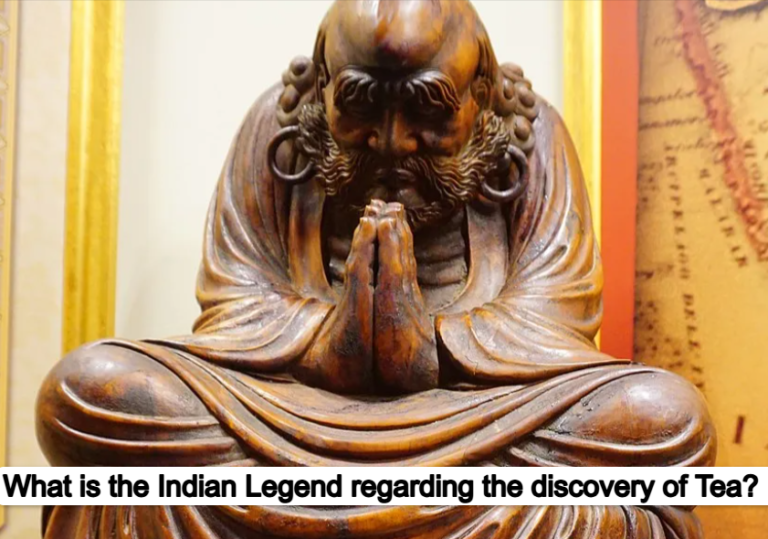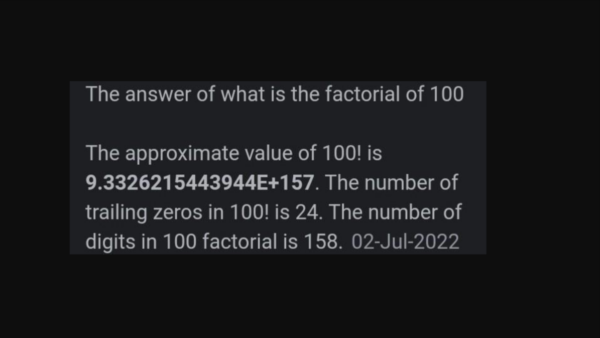The life cycle is nothing more than the pattern of demand for the product over time. A basic product life cycle consists of:
-
Introduction
-
Growth
-
Maturity
-
Decline stage
Several points are to be noted in studying the product life cycle concept:
1. The length of time a product spends in any one stage may vary.
2. Some products may move through the entire cycle in weeks.
3. Not every product goes through every stage. Infact many products never get past the introduction stage. Repositioning of a product can lead to a new life cycle. Repositioning is basically changing the image or perceived uses of the product.
Assumptions of Product Life Cycle Concept
According to P. Kotler, the assumptions, behind the product life cycle concept are as follows:
-
Product sales through distinct stages, each posing different challenges to the seller.
-
Product requires different stages of the product life cycle.
-
Products require different marketing means, human resource, finance, production strategies in each stage of their life cycle.
-
Profits rise and fall at different stages of the product life cycle.
Stages in the Product Life Cycle
When the product is introduced in the market, it is in the stage of infancy. When the sale of product begins increase and it is increasingly accepted in the market it is in the stage of growth. When the product attains a higher stability of market acceptance and its sales reach a certain level, it is in the stage of maturity. When the sale of the product starts declining and it begins losing market acceptance, it is in the stage of decline.
This generalization may be true in the case of many products. Pocket watches have now been totally replaced by fine sophisticated and small wrist watches i.e., total decline of pocket watches. But it cannot be said that this applies to all the products all the time, e.g., the life cycle of clothes is short, that of a car is long and of a radio or television is medium.
The life cycle of product or the aging process is not a natural phenomenon as in the case of human beings. The aging process in the case of products is induced by competition. In this age of competition, new and improved products continuously come in the market; and thereby the older products, if they are modified, reach the stage of decline and gradually become obsolete.
Learn more about the concept of product life cycle only at the University Canada West.







